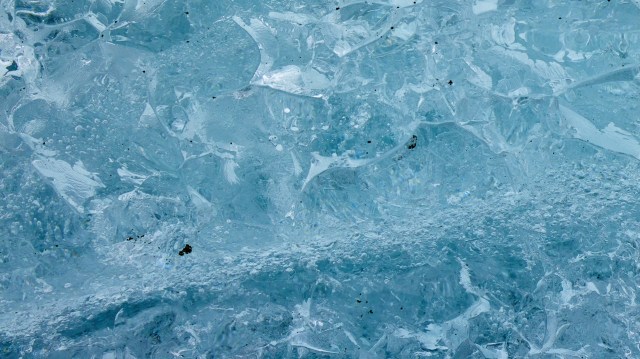Canada is currently facing one of the most severe wildfire seasons in its history, with millions of acres consumed by flames, tens of thousands of residents forced to evacuate, and air quality deteriorating across a wide area. The impact of these fires extends beyond immediate destruction, as they are releasing significant amounts of black carbon pollution into the atmosphere. This form of soot-like material, generated from the incomplete burning of fossil fuels, has a more potent warming effect than regular carbon dioxide.
The presence of this black carbon in the Arctic poses a serious threat to the region’s ice and glaciers. When soot from wildfires lands on ice, it accelerates melting, creating a dangerous feedback loop. Less ice means more heat absorption, leading to further warming, which in turn increases the likelihood of more fires and more soot. According to Jennifer Francis of the Woodwell Climate Research Center, this cycle can have far-reaching consequences for the planet.
The Arctic is already warming at nearly four times the rate of the rest of the world, making it especially vulnerable to the effects of black carbon. One metric ton of black carbon has the same global warming effect as 900 metric tons of carbon dioxide. This makes it a critical concern for scientists and environmentalists alike. Additionally, the thawing of Arctic ice could release long-frozen infectious microbes, potentially leading to new disease outbreaks in communities that rely on runoff from the melting ice.
Beyond the health risks, the melting of Arctic ice contributes to rising sea levels, which threaten coastal communities with increased flooding and more intense extreme weather events. While hurricanes and storm surges are natural occurrences, the warmer climate and higher moisture levels can make these events more destructive. This highlights the urgent need for global action to address the root causes of climate change.
Efforts to mitigate the damage include exploring methods to restore Arctic ice, but addressing the broader issue of planetary overheating remains the most pressing priority. Carbon-zero initiatives and pro-climate policies worldwide can play a crucial role in reducing greenhouse gas emissions and supporting sustainable practices. Investing in clean energy alternatives, such as solar power and electric vehicles, can help reduce the reliance on fossil fuels and lower the amount of heat-trapping gases in the atmosphere.
Individual actions also matter. Using public transit or electric vehicles can significantly cut down on emissions, while installing solar panels with battery systems can provide sustainable energy solutions for homes and businesses. These steps not only benefit the environment but also ensure reliable electricity during power outages caused by extreme weather events.
Communities around the world are increasingly aware of the dangers posed by air pollution and climate change. Many people worry about the quality of the air in their towns, with some expressing constant concern, others feeling it occasionally, and a few rarely thinking about it. Taking proactive measures, such as adopting eco-friendly habits and supporting green policies, can lead to meaningful improvements in both local and global environmental conditions.
Addressing the challenges posed by wildfires and their impact on the Arctic requires a coordinated effort from individuals, governments, and organizations. By prioritizing sustainability and investing in innovative solutions, we can work towards a healthier planet for future generations.






